Southeastern American Kestrel
Falco sparverius paulus
Status: Vulnerable
The Southeastern American Kestrels are considered the smallest falcons in North America. But don’t let their size fool you, they are some powerful predators. Both females and males are an orange-brown color with streaks (markings). Their white cheeks have two black stripes on them and the top of their head is a bluish-gray color. Like most birds, the males have brighter colors to attract females. The wings on the males are bluish-gray while the females have brownish colored wings.
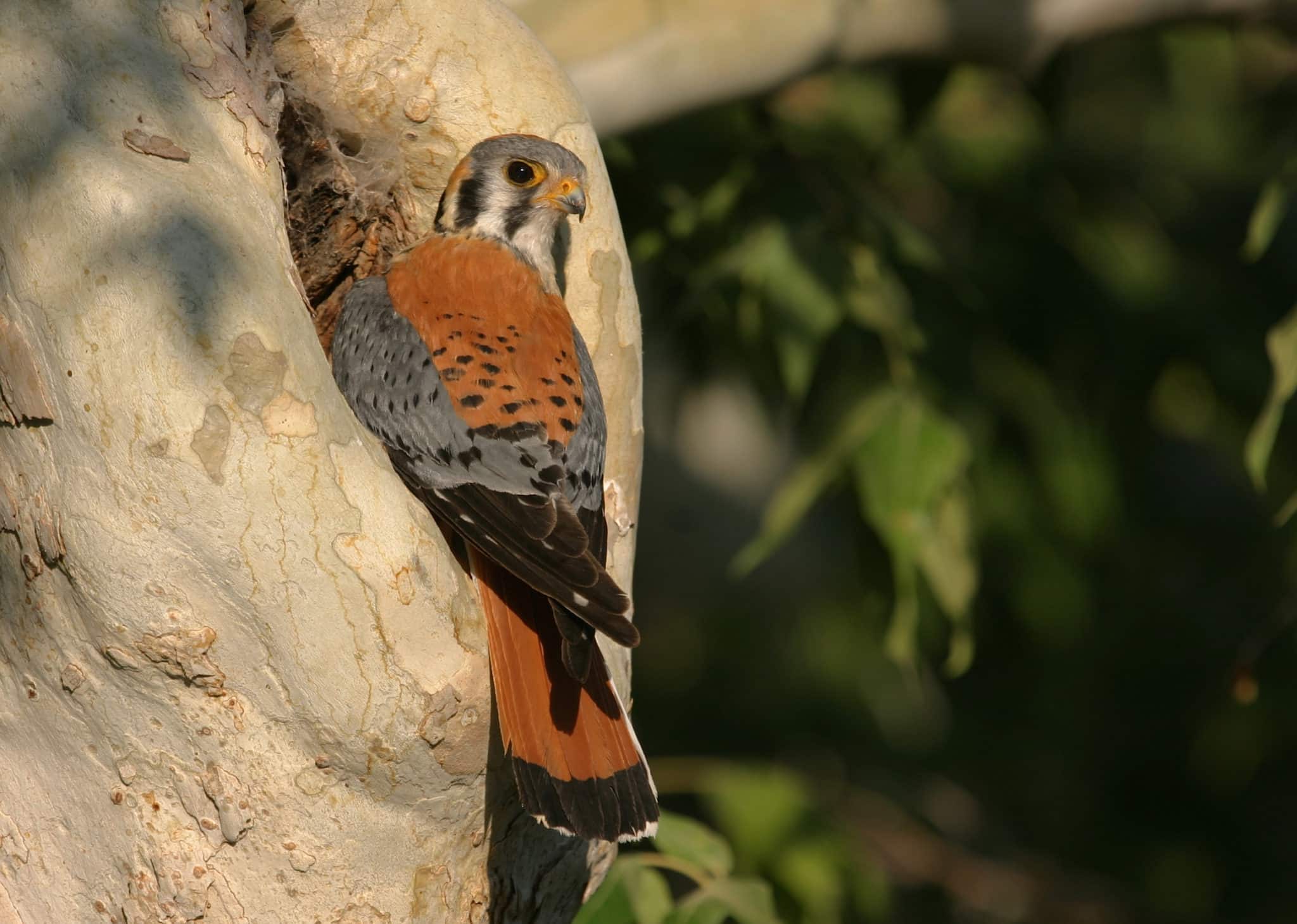
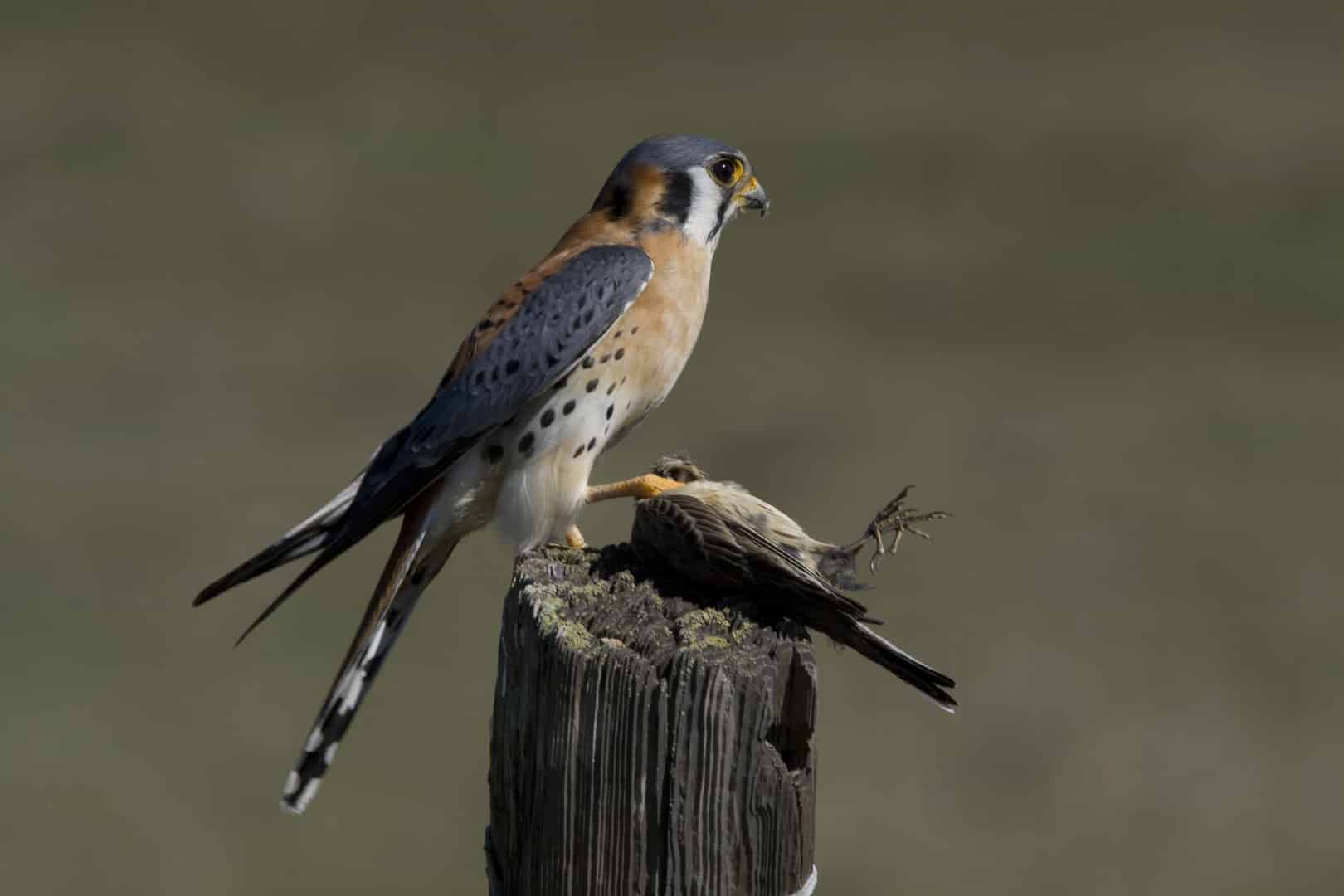
Habitat & Range
American kestrels can be found in many habitats such as open grasslands, suburban areas (near cities), parks and even forests. Their habitat has been getting destroyed for human use and the kestrels are finding ways to adapt to their changing environments. Unlike any other falcon, the American kestrels are able to nest inside dead tree cavities (holes). In the U.S, these kestrels are located in the southeastern states like Alabama, Florida, Georgia, Louisiana, Mississippi, and South Carolina.
Food Web & Energy Flow
The diet of the southeastern american kestrel includes small birds, rodents, insects, and lizards. In order to spot prey, the kestrels use high perches like wires or phone poles to look for prey. Once the prey is spotted, the kestrel will dive down to the ground to kill it. They rarely capture their prey in the air, they will land on the ground and kill the prey with its talons (claws). The american kestrels are considered secondary consumers and carnivores.
Relationship to Fire
Southeastern american kestrels rely on frequent fires to maintain a clear forest floor. Since the kestrels use high perches to look for prey, they need a forest floor that is clear and not overcrowded. With frequent fires, the forest floor would be cleared of some plants making it easier to spot small prey.
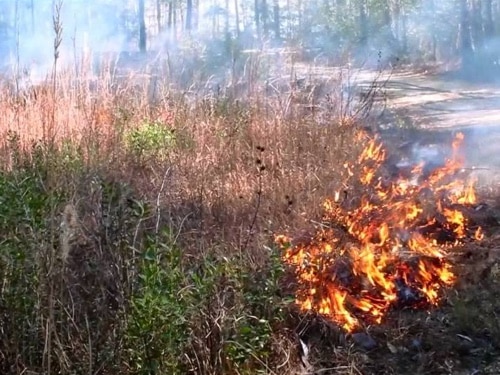
Conservation Status
Due to habitat destruction for land development, the southeastern american kestrels population has been declining over the years. The decrease of controlled fires has caused the understory to become overcrowded making it hard for the kestrels to hunt their prey. The kestrels have an overall Vulnerable conservation status due to the negative human impacts.
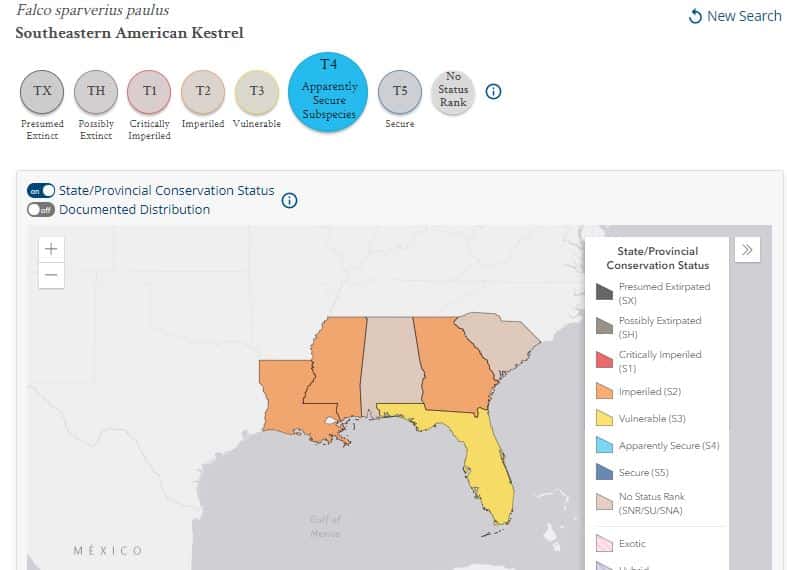
Human Impacts/ Threats

Fire Suppression
Many people think of fires in the forest as bad, so they work hard to prevent or suppress them. But longleaf forests NEED regular fire to support habitat for the species that live there!
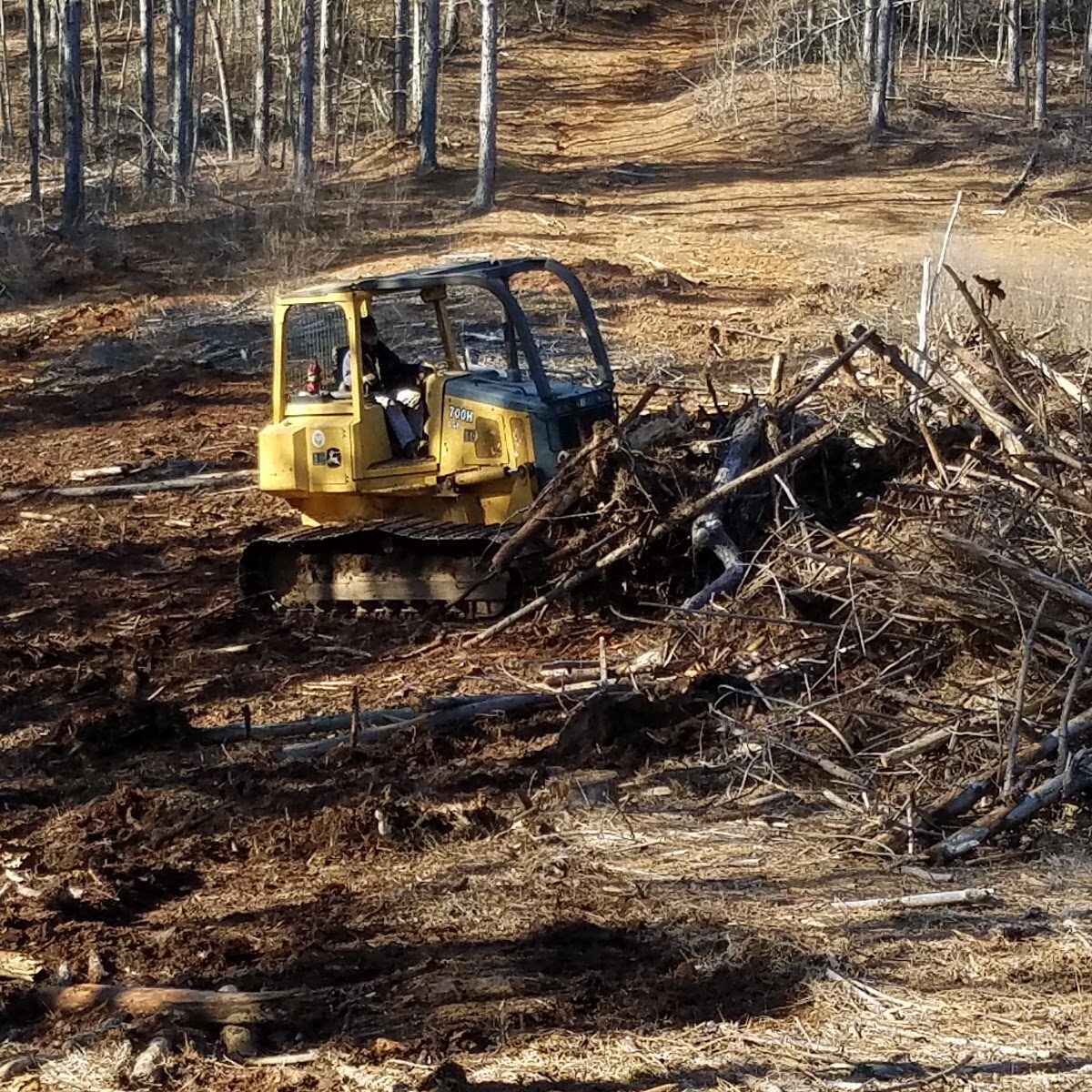
Land Use Conversion
Longleaf forests and the habitat it supports is being cleared or converted to use the land for other uses like houses, roads, agriculture, and even to grow different types of trees to sell.
Resources
Maryland Department of Natural Resources. Wildlife & Heritage Service
Florida Fish & Wildlife Conservation Commission. SE American Kestrels
Missouri Department of Conservation. American Kestrel Field Guide
